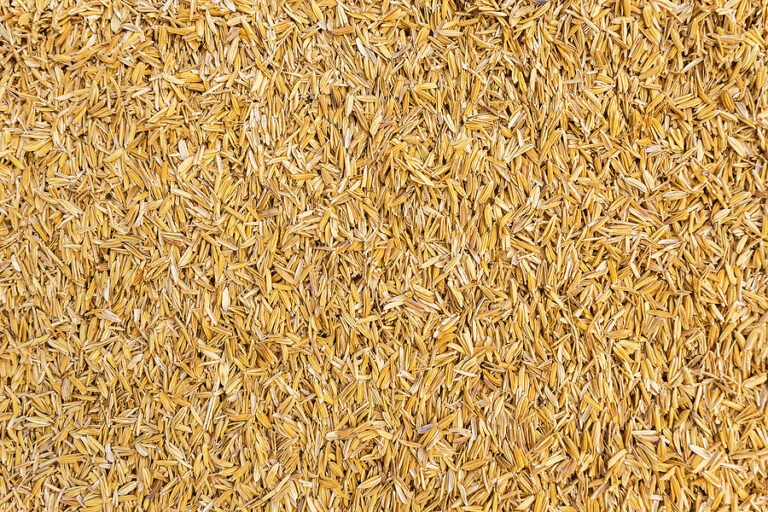Agricultural waste may soon play a key role in tackling industrial water pollution, thanks to new research highlighting the potential of biomass as a low-cost, sustainable sorbent.
A study published in the journal Environment Science and Pollution Research found that roasted rice husks and deoiled cashew nut shell cake, by-products of agricultural processing, can effectively remove harmful textile dyes from wastewater.
The research, conducted by Subraja Suryakumar and Hari Mahalingam in collaboration with Ruben D. Sudhakar, positions biomass as a powerful material for environmental remediation.
Through a process known as torrefaction, a type of mild heat treatment, the surface structure of the biomass was strengthened, increasing its porosity and adsorption capacity.
The research team tested both the semi-burned material and its ash as an adsorbent for Reactive Violet 5, a common azo dye widely used in the textile industry and known for its toxicity and persistence in water.
Laboratory tests showed that torrefied rice husk achieved the highest dye removal capacity of 108.58 milligrams per gram, outperforming other biomass-based adsorbents.
The adsorption process is found to be spontaneous, viable, exothermic, and follows a pseudo-second-order kinetic pattern, in good agreement with the established Freundlich and Langmuir isotherm models.
The results of this study highlight the remarkable versatility of biomass as an environmentally friendly circular solution in industrial wastewater treatment.
This study suggests a scalable and sustainable alternative to traditional chemical processing by reusing agricultural residues that would otherwise be discarded.

